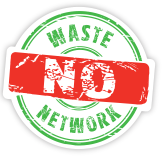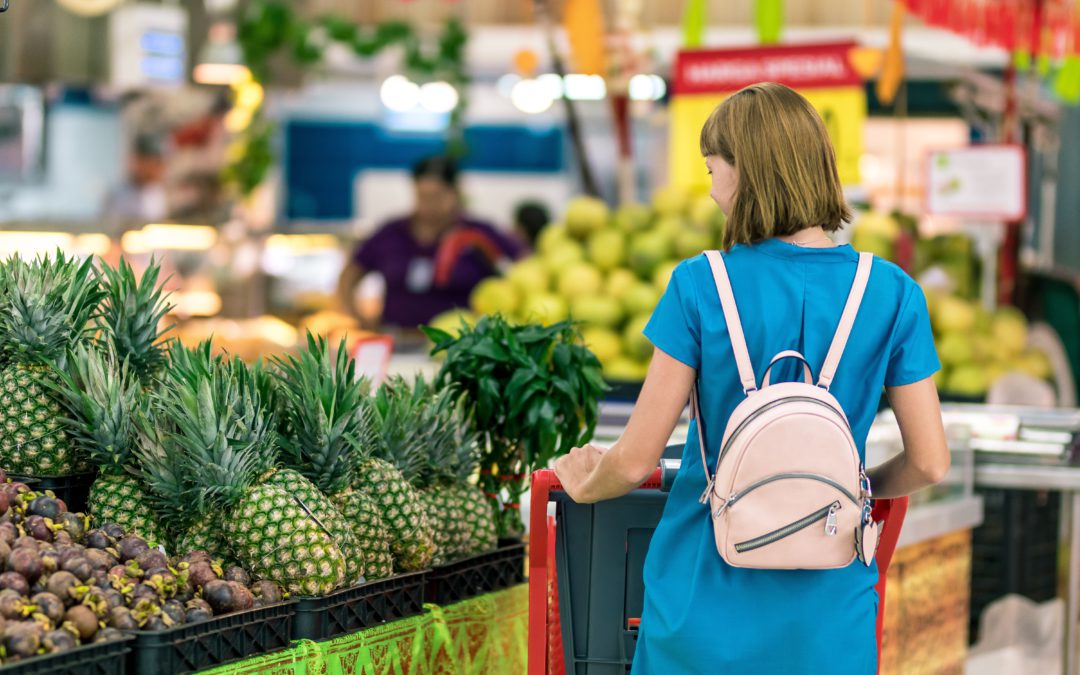On average, 98.3% of all food offered by supermarkets in the Netherlands is sold. 1.7% of the food, in kilograms, does not reach the consumer. This shows research carried out by supermarkets, the Central Food Trade Agency (CBL), Wageningen University & Research (WUR) and the Ministry of Agriculture, Nature & Food Quality under the banner of the ‘Samen Tegen Voedselverspilling’ foundation. Together they make food waste figures transparent for the first time within the Dutch supermarket organizations. Supermarkets are leading the way and the Netherlands is the first country in the world to have this detailed insight.
Five Dutch supermarket chains participated in this self-report: Albert Heijn, Aldi, Jumbo, Lidl and PLUS. Together they cover approximately 77.5% of the Dutch market. Thanks to this research, there is now a better and more reliable insight into food waste at supermarkets. The supermarket chains voluntarily reported their food residues – and confidential information – to WUR. WUR performed the data analysis and upscaling for the total Dutch market. The 1.7% food waste within the supermarket channel consists of five product categories:
Waste compared to sales
To reflect the impact of the waste, it is important to look at the share of wasted food compared to the purchasing volumes. Compared to purchasing, the share of food waste: bread, bread and pastries is 7.7%; fresh meat and fresh fish 2.9%, potatoes, fruit and vegetables 2.7%, dairy, eggs and chilled ready-to-eat 1.4%.
“In order to take targeted action to reduce food waste, it is crucial to have reliable data,” said Jennifer Muller of the CBL. “The results are therefore very valuable. It is now factually underpinned which product categories are best to take action, enabling us to target the industry-wide goal:industry-wide goal: 50% reduction in food waste by 2030.
Unique in the world
“With this baseline measurement and the subsequent annual report, the retail sector is the first sector to provide a transparent picture of food waste within its own companies. This is unique in the world ”, says Toine Timmermans of SamenTegen Voedselverspilling. “The retail sector now has its own insight into the residual flows and can better monitor the results of actions to further reduce food waste. This will accelerate the broader movement to use raw materials more effectively in the chain and will lower the standard step by step. ”
Source: Press release Samen tegen Voedselverspilling


